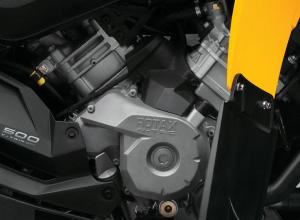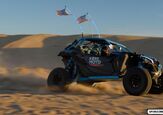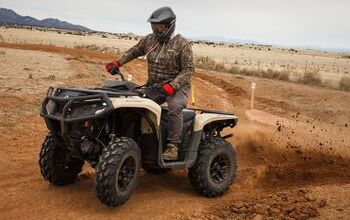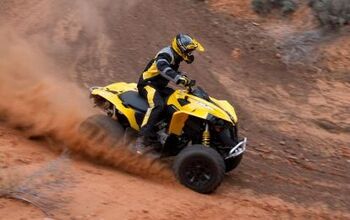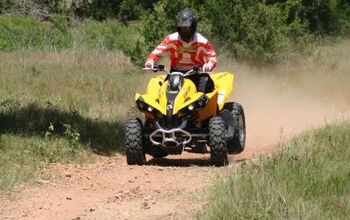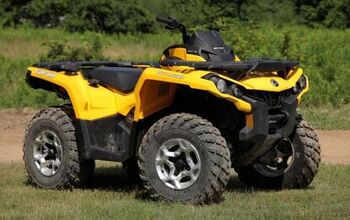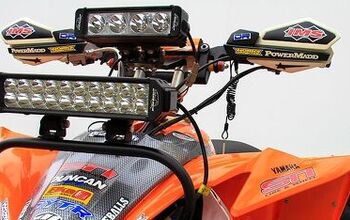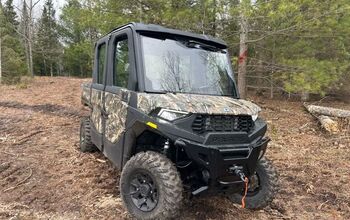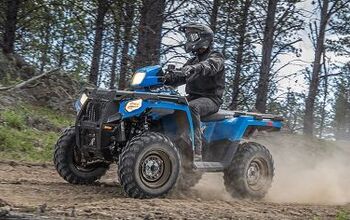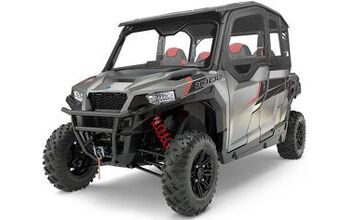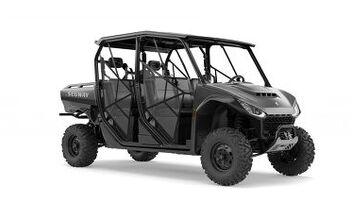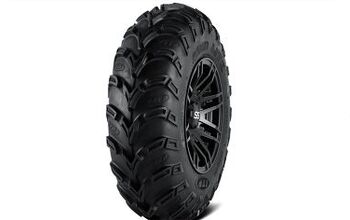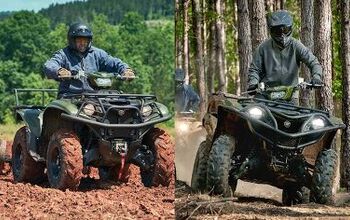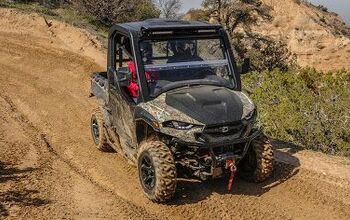2013 Can-Am Renegade 500 Review
We were first introduced to BRP’s sport-performance 4×4, the Can-Am Renegade, in the woods of northern Georgia in 2007. While the big brothers in the Renegade family saw a major refresh for model year 2012, the Renegade 500 was left untouched…until now. We had a chance to test out the redesigned Renegade 500 earlier this summer in the wilds of British Columbia, Canada’s western most province.
What’s New?
While the heart of the Renegade 500 remains the same (the 500cc Rotax V-Twin), BRP saw fit to update the chassis. The new SST G2 chassis supports better rider comfort and gives a better handling package to keep the wheels in touch with the ground. As well, the welded steel frame offers improved strength and durability while also shaving off excess pounds. Being lighter, along with a lower center of gravity, makes for a better mannered ride. BRP engineers call this their Geometric Contact Control frame design – or GCC for short. This chassis uses what visually looks like a split twin rail design and we didn’t ask why right away as we were eager to find out exactly how it would feel on the trail.
BRP gave the Renegade 500 a complete overhaul for the 2013 model year.
The Rotax 500cc V-Twin pushes out an impressive 46 horsepower, nearly a 15% increase over the 2012 model.
As for the trusty Rotax V-Twin engine, it uses electronic fuel injection to get the machine started and on the move. This makes cold climates as well as high altitudes a non-issue when it comes to dependability. Originally thought of as the more economical version of the Renegade, BRP wanted plenty of power regardless of the price point ($8,149). Getting a little more oomph out of the motor was a top priority and with a power increase of almost 15 percent this brings the total horsepower of the Renegade 500 to 46.
The reliable little V-Twin transfers the power out through a CVT or belt driven transmission. BRP also refined the belt system for 2013. Adding extra mounting bolts gives the CVT a good seal. We are pretty sure it doesn’t affect the clutch performance, but in wetter conditions it keeps the moisture out and that’s a big plus when trying to enjoy a great day in the mucky stuff. If the water does find its way in, a drain plug gives it an escape route.
The five-way pre-load adjustable front shocks help provide 9.3 inches of travel.
Taking the abuse from the trail and the rider is the Renegade’s suspension arms. The front end of the machine uses a redesigned dual A-arm set up that actually gives offers a little more travel at 9.3-inches (compared to 8.5 inches on the 2012 model) as well as even better dive control. Upsetting a machine in the middle of a tight corner can be stressful for the rider when driving hard so this will be a crucial element. Five-way preload adjustable shocks give riders a chance to tune the Renegade to their specific needs.
Moving to the rear we find the Torsional Trailing Arm Independent (TTI) rear suspension that has become a staple on Can-Am 4x4s. These are designed to eliminate scrub and camber changes as the rear suspension travels up and down. With a total of 9.5-inches of travel in the rear (compared to 9.0 inches in 2012) and a removable rear sway bar, BRP has been doing its suspension homework.
Other updates for 2013 include a new radiator cover and new styling of the tail light area. With four new 60-watt projector beam headlights, the Renegade seems primed for nighttime fun, while a larger 5.4-gallon fuel tank means the fun won’t stop for quite some time. Getting this 2013 stopped are the 214mm discs being clamped on by twin piston calipers. Completing the package are slick-looking black cast aluminum wheels and ITP holeshot tires.
For what is essentially the base model Renegade, we were very impressed to see these black cast aluminum wheels.
The Ride
BRP picked a fine spot for the test ride, as the British Columbia landscape offered a good mix of root-filled trails as well as smooth, flat and sandy areas and hill climbs made up of sandy soil.
The Renegade 500 impresses with its surefooted handling.
Riding off into the trails we noticed the Renegade felt comfortable – even for a larger rider. Starting down the twisting and sometimes tight trails wegradually noticed the improved trail manners of the Renegade. Being a bit lower to the ground, it handled the speed as well as our intentions on getting it to turn at a moment’s notice. Hitting the wider and flatter trails it was apparent that we were riding a 500cc machine. Being used to the massive power of the Rotax V-twins Can-Am ATVs are famous for, we had to remind ourselves to take a deep breath and enjoy some controlled riding. The power for a smaller displacement machine was very smooth and responded without fail to each blip of the throttle.
Keeping on task we also wanted to try out the overall pulling ability or torquey feel of the Renegade 500 so we headed off to the hillclimbs. These sandy hills had many lines, but we wanted to see if the machine would hold its power delivery throughout the climb so we chose the steepest one. The results were impressive the Renegade managed a stable and powerful climb with just a little drop in grunt right over the top of the hill.
While it doesn’t offer the awesome straight-line pull of the Renegade 800R or 1000, the 500cc V-Twin had no trouble keeping a smile on our face.
When cornering under power the Renegade really hooks up and drives with traction that is impressive. We had to remind ourselves that the Renegade will do most of what we ask it too and when you ask you’d better know what you’re getting into!
Overall the 2013 Can-Am Renegade 500 is fun and easy to ride. It has plenty of power for the majority of riders and it most definitely keeps the excitement in the ride. It handles well and with its great looks, proven engine and a great price point, we can confidently say that it’s going to provide an awful lot of fun for an awful lot of riders!
Related Reading
Whether he is in Mexico covering the Baja 1000, building ATVs for local racers, or out enjoying the trails, Rick’s passion shows in his stories. Learning to wrench his own machines from his grandfather, Rick also has an undying appreciation for the mechanics of off-road vehicles. Do not let the dirt and mud fool you, though, as Rick also has a deep love for street cars.
More by Rick Sosebee




